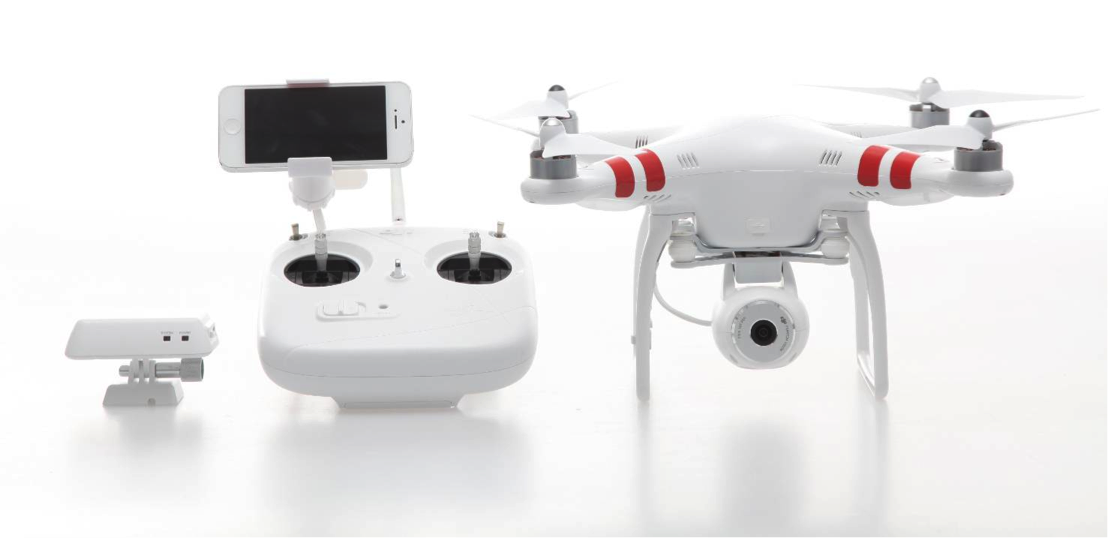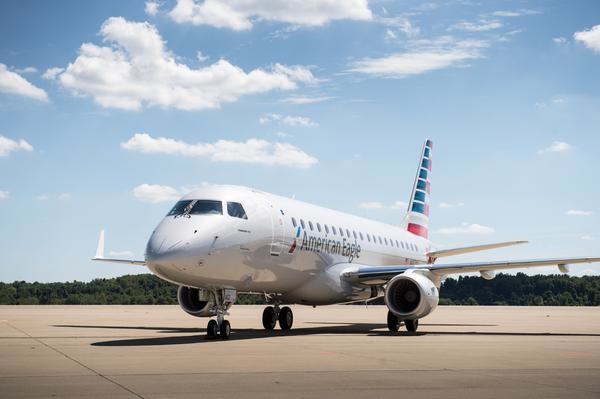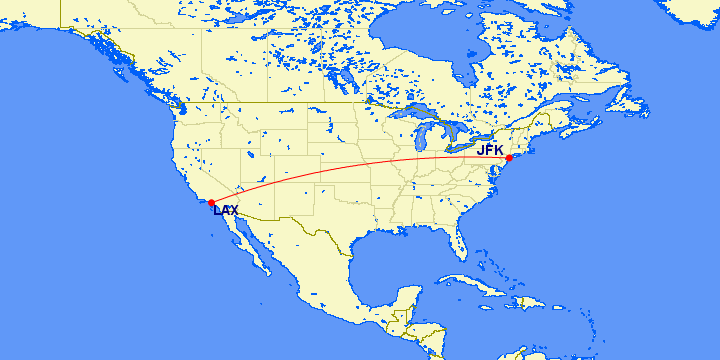If you take a look on Friday the 18th, I was lucky to actually have a 28 hour overnight in Portland, Maine where I enjoyed some of the world's best known Clam Chowder from Gilbert's Chowder House. (yelp review here)
Everyday, I have a Report time which, and depending on how long the ride is to the airport from the hotel, we leave usually around 15 minutes prior to duty in to ensure ample time to get to the aircraft. Of course, the means I also usually wake up about 1 hour prior to the Report time giving me enough minutes to accomplish the morning routine, throw the uniform together, pack up, eat breakfast and board the airport shuttle or taxi.
There isn't much more to explain really except for the Totals: line telling me that my initial Report time that I have to duty in at the company computers in Atlanta is at 14:00 on the 17th / and I'm Released at 16:46 on the 20th. For those three days, I will be able to log 18 hours & 47 minutes of flight time, get paid for 20 hours and 48 minutes plus my per diem which is calculated by the TAFB(Time Away From Base) 74:46 74 hours & 46 minutes multiplied by our current rate of $1.65 / hr.
At my current rate of 3rd year pay $39.55 /hr * 20.8 --> I pull in around $822.64 + my per diem ($123.36) giving me a total of $946 for this entire pairing. Granted I was away from my family the entire time, it didn't include the time I fly back and forth from San Diego to Atlanta and whatever else you want to add in. I'm not whining really, but this is a sample of just a week in the life of a pilot. Now, the missing link in this bigger picture is the amount of duty time that I put in between flights that I didn't get paid for. In other words, I was actually working or at work whatever, for about 32 hours and 2 minutes total during these three days; in my uniform, and not resting. Keyword being resting. That's clearly a deficiency of 12 hours just hanging around the various airports. <-- Not fun. (Add up the Duty on the bottom ride side of each day to get the total figure) Now, why is that pilots are only paid for block / credit time, it started long long ago during the birth of the industry and hasn't changed since. It's a mixture of corporate greed (if that's what you want to call it) and FAA regulations governing flight time in a given period for pilots.
I usually have 4 of these trips a month, sometimes only 3. Hope you enjoyed the explanation. Any questions? Please leave a comment below.
(if you are interested any further, many if not all US airlines' payscales are available to the public listed under each airline profile at http://www.airlinepilotcentral.com/airlines/)







